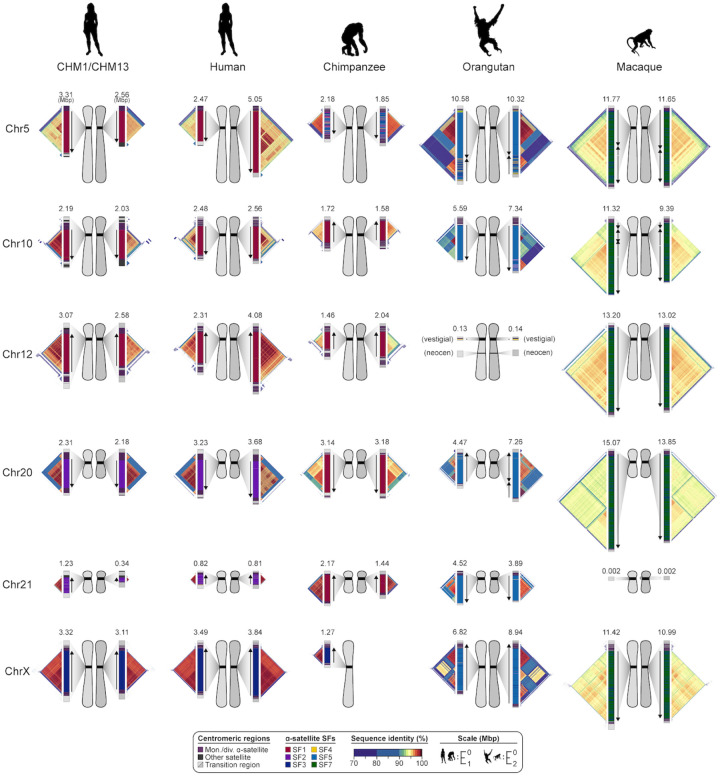Figure 5. Sequence and structure of six sets of centromeres from diverse primate species.
Complete assembly of centromeres from chromosomes 5, 10, 12, 20, 21, and X in human, chimpanzee, orangutan, and macaque reveals diverse α-satellite HOR organization and evolutionary landscapes. Sequence identity maps generated via StainedGlass55 are shown for each centromere (Methods), with the size of the α-satellite higher-order (human, chimpanzee, and orangutan) or dimeric (macaque) repeat array indicated in Mbp. The α-satellite suprachromosomal family (SF) for each centromeric array is indicated (vertical bar color), with arrows illustrating the orientation of the repeats within the array. Chromosome 12 in orangutan has a neocentromere, while the chromosome 21 centromere in macaque is no longer active due to a chromosomal fusion in that lineage70. All chromosomes are labeled according to the human phylogenetic group nomenclature71. The human diploid genome used as a control (second column) is HG00733—a 1000 Genomes sample of Puerto Rican origin. We note that the orangutan and macaque centromeres are drawn at half the scale with respect to the other apes.

